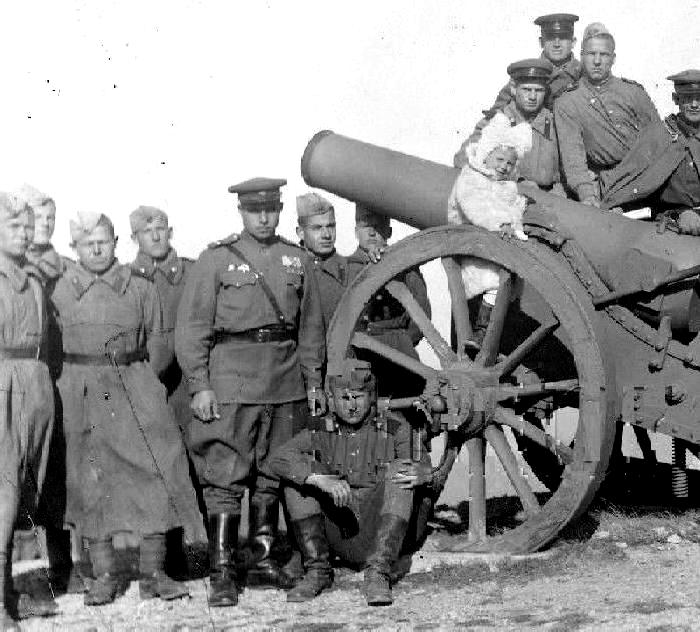
Figure 1.--These Red Arm soldiers in Bulgaris duing Worlld War II probbly bou Novmber 1944. They are posinhg at what looks like the Frredom Memorial at the Shipka Pass. Nearly 1000 steps lead to the top of Mt. Stoletov (1,326m), dominated by the impressive, 32m-high Monument. It was built in 1934 as a memorial to more than 7,000 Russian troops and Bulgarian volunteers who died in the Battle of Shipka Pass (1877). The fighters successfully repelled numerous attacks by around 27,000 Turkish soldiers. It was part of the Russo-Turkish War that led to ian independence of Balkan states like Bulgaria. Notice the little girl with the Russians. We have no idea who she is. Many units had orphan boys, sons of the rgiment, but never daughters of the regiment. |

